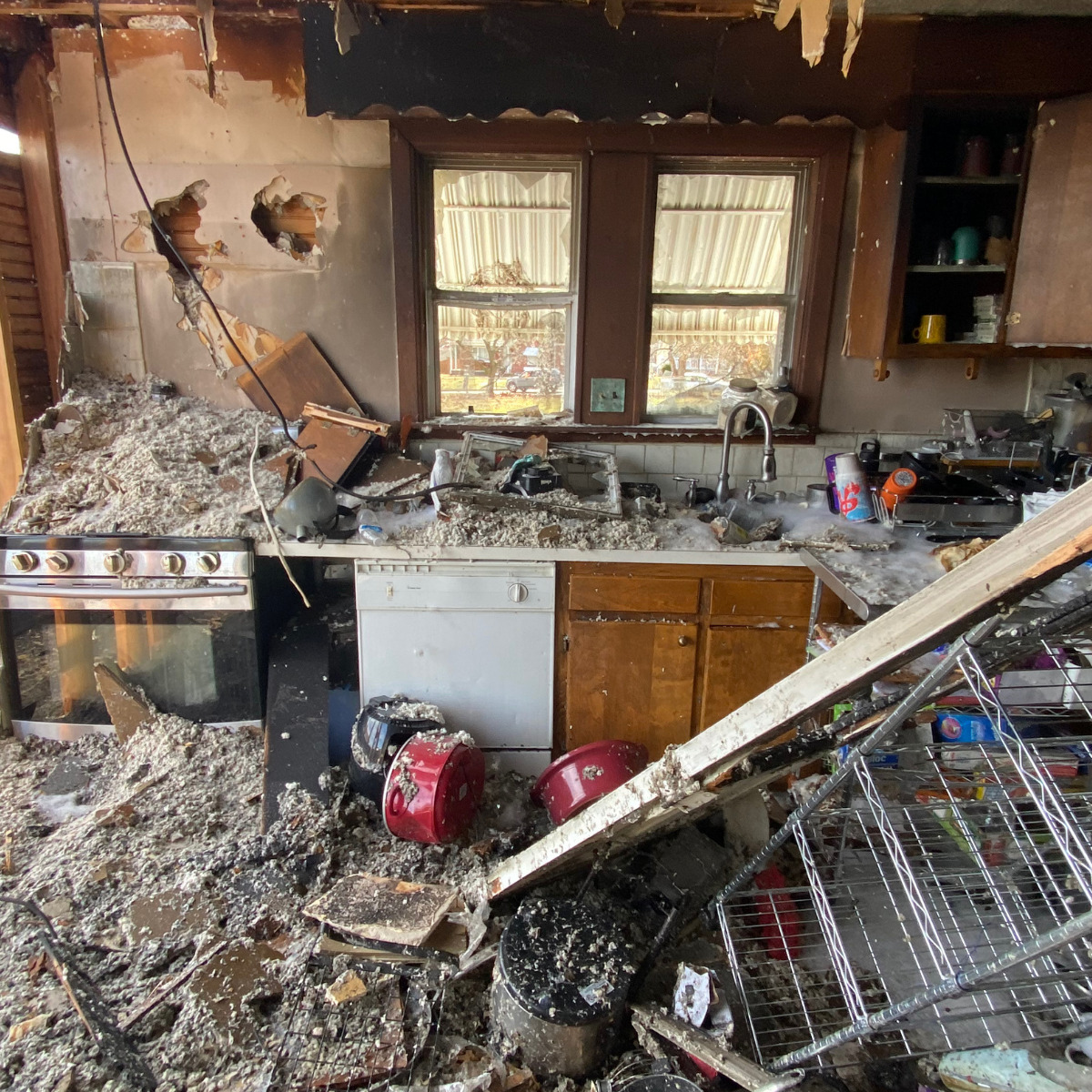
Fire Damage Cleanup and Restoration
Safe and effective fire damage cleanup procedures including smoke removal, soot cleaning, and structural restoration while working with insurance requirements.
Navigate the challenging recovery process after disasters with confidence. Learn cleanup procedures, contractor vetting, temporary housing arrangements, and documentation strategies for successful restoration and insurance claims.

Safe and effective fire damage cleanup procedures including smoke removal, soot cleaning, and structural restoration while working with insurance requirements.
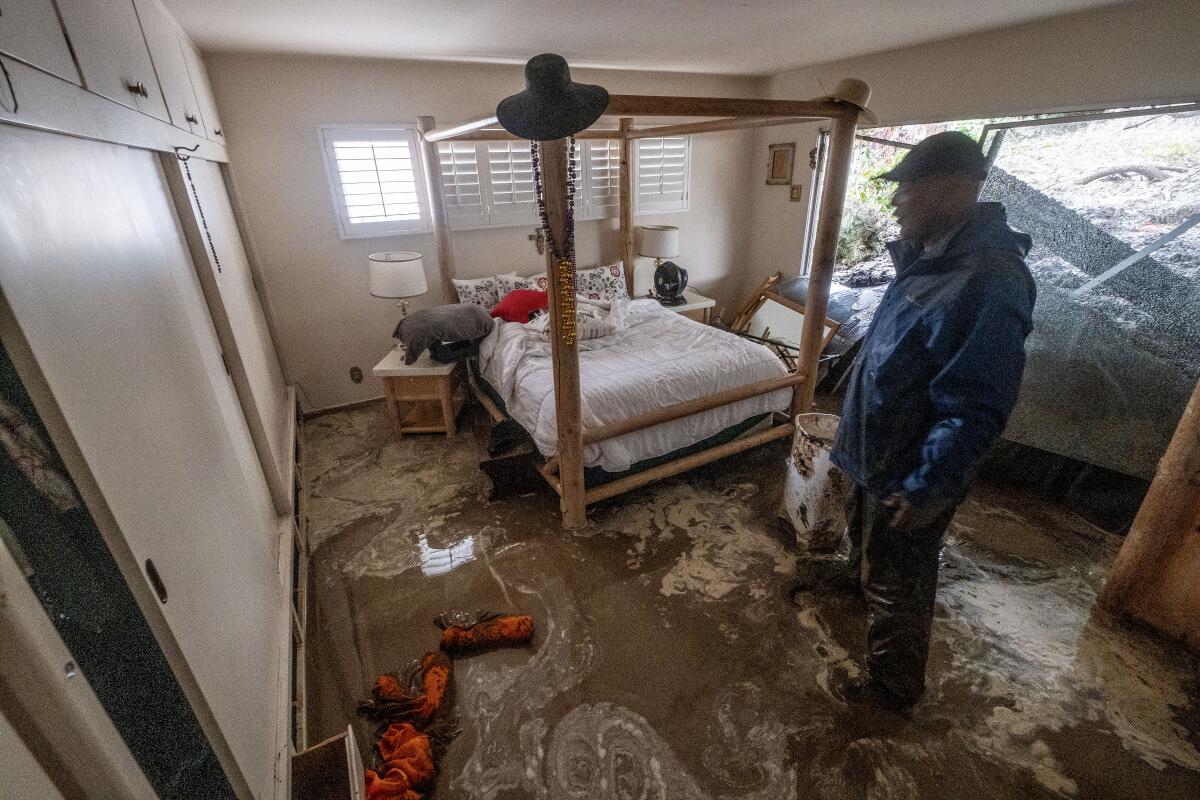
Comprehensive water damage restoration including extraction, drying, dehumidification, and mold prevention for flooded homes and belongings.
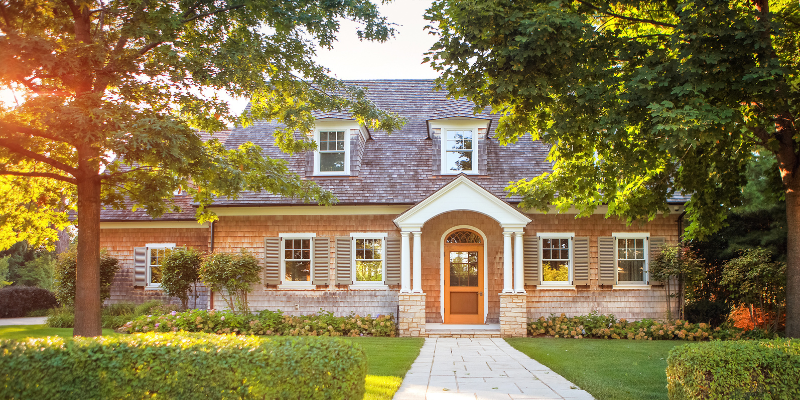
Essential criteria for selecting reputable contractors including licensing, insurance verification, references, and contract negotiation strategies.
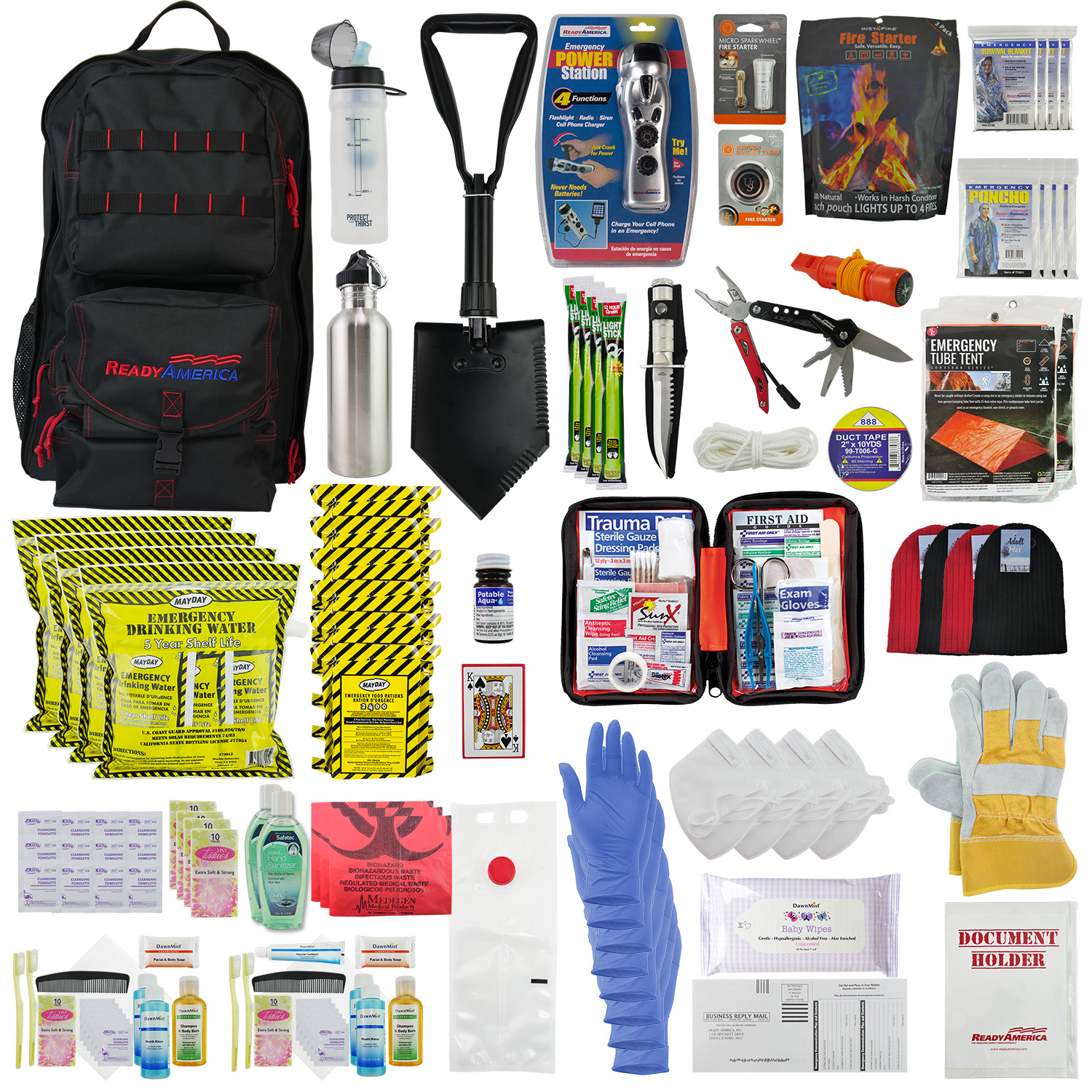
Navigate temporary housing options, additional living expense coverage, and logistics for families displaced during major home repairs.
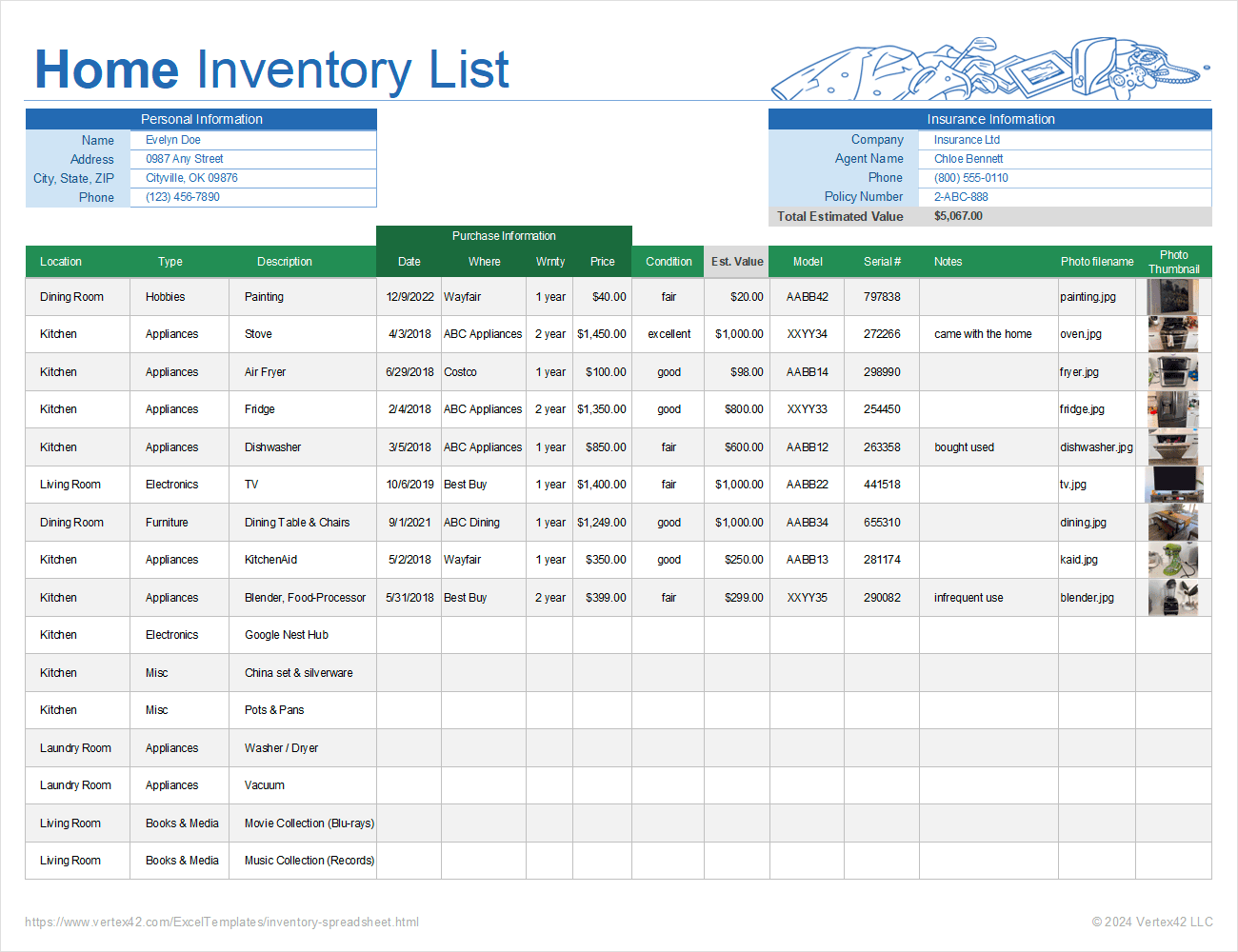
Maintain detailed records throughout the recovery process including receipts, progress photos, contractor communications, and insurance correspondence.
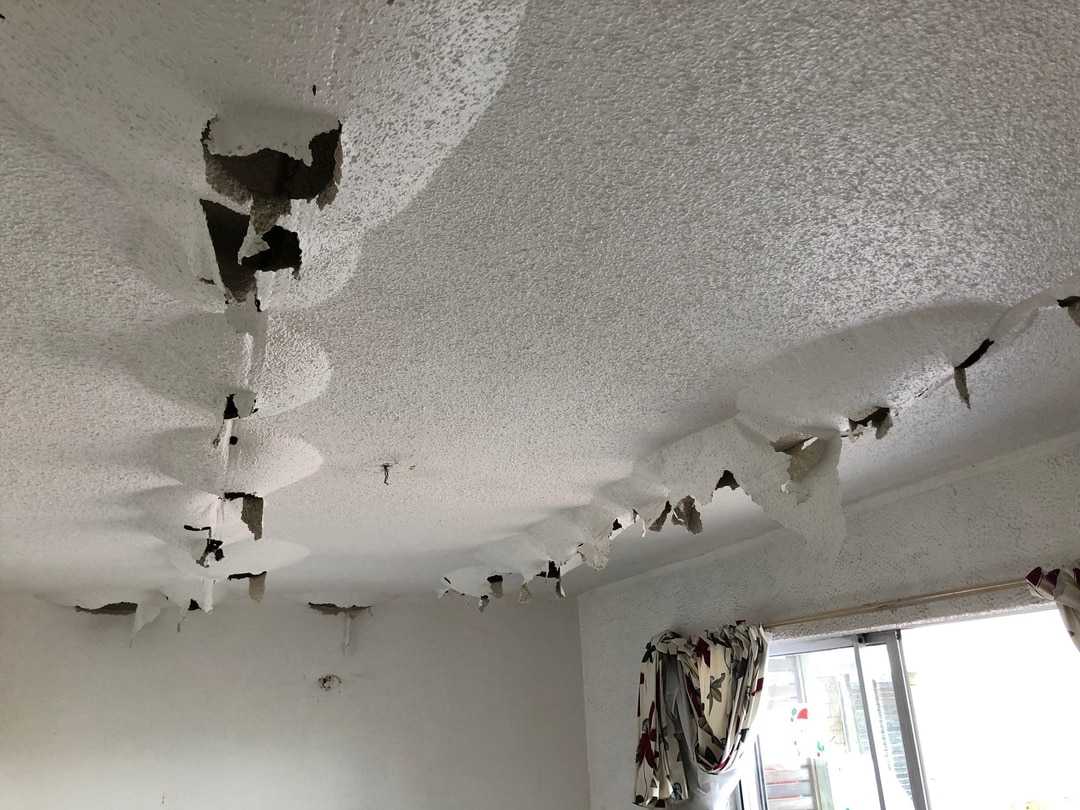
Critical mold prevention steps after water damage, proper remediation procedures, and health considerations during the restoration process.
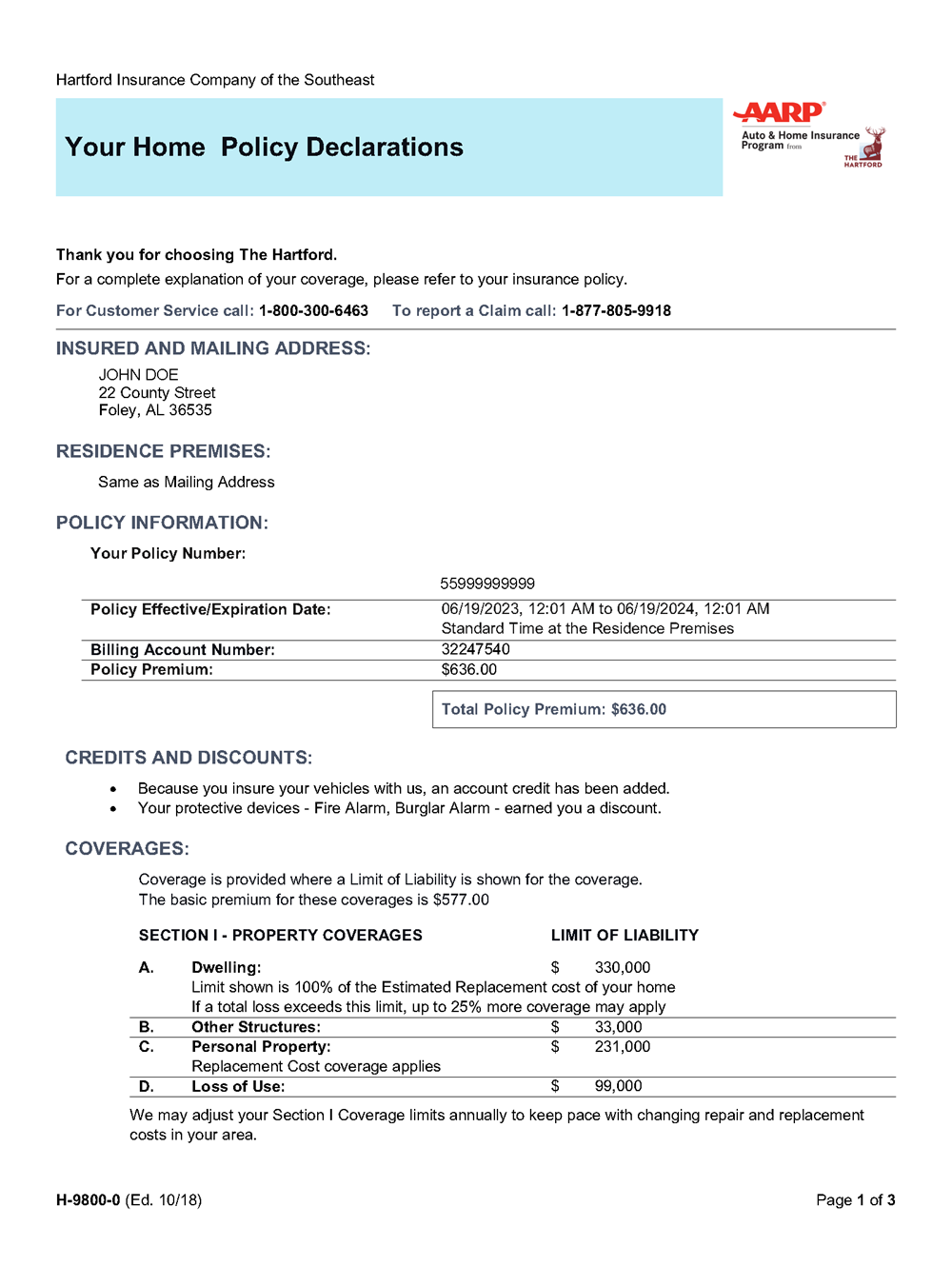
Understand fair contract terms, payment schedules, change order procedures, and how to protect yourself during contractor negotiations.
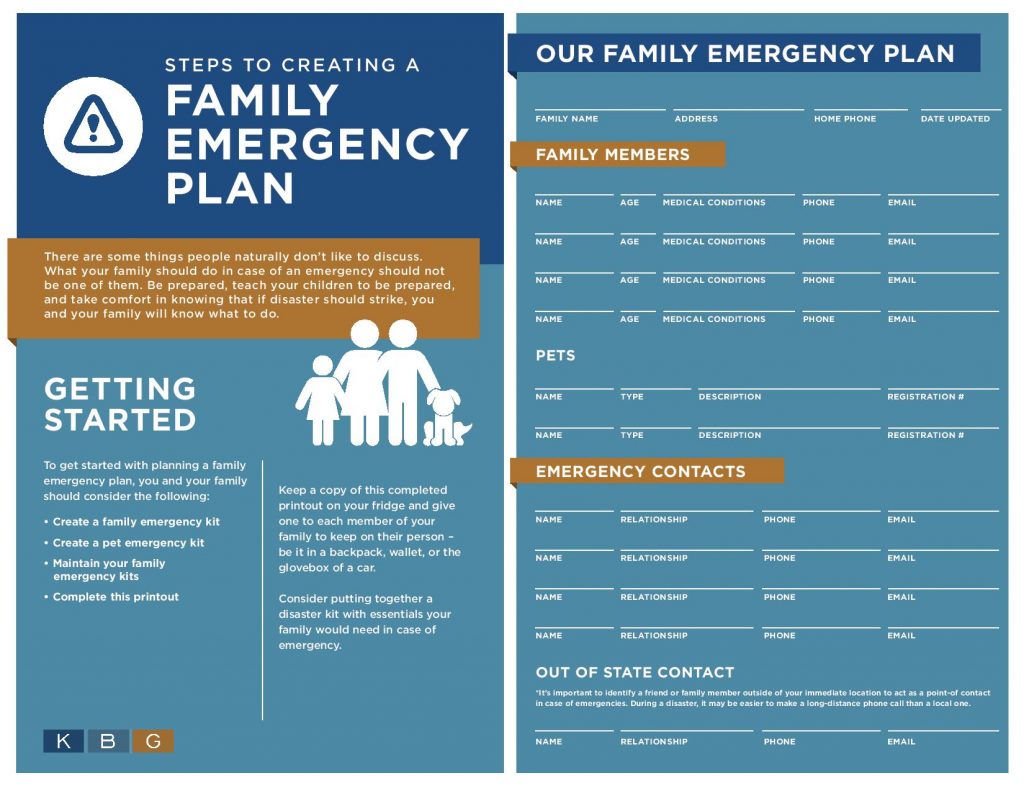
Coordinate the logistics of moving belongings to storage, organizing temporary housing, and maintaining access to essential items during restoration.
Contractors demanding full payment upfront, cash-only payments, or payment to individuals rather than the company are major red flags.
Contractors without proper licensing, insurance, or who refuse to provide references, written contracts, or proof of qualifications.
Contractors who pressure immediate decisions, claim to be "working with your insurance," or demand you sign away rights to work with other contractors.